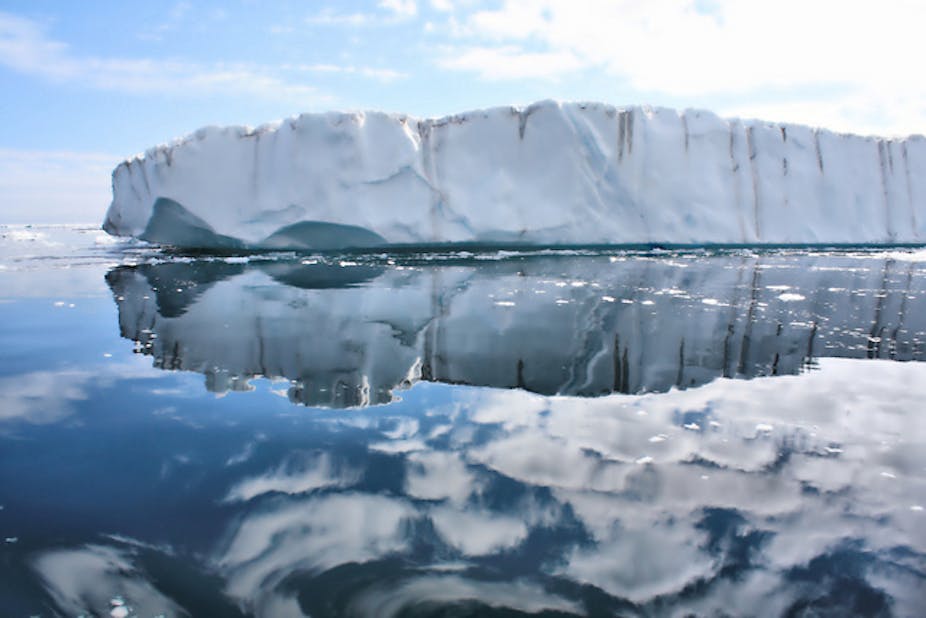Global warming has caused nearly 200 billion tons of Greenland’s mass to disappear annually in the last decade but its icy centre actually grew, a new study has found.
The melting of the Greenland ice sheet is seen as a yardstick for the rate of global warming and is one of the main causes of catastrophic sea-level rises.
A new study by Christopher Harig and Frederik J. Simons from Princeton University’s Department of Geosciences, published today in the journal PNAS, used satellite data and mathematical modelling to show that Greenland is shrinking by about 200 billion tons of mass every year.
Ice melted mostly from the eastern coast of Greenland between 2003 and 2004 but then disappeared more rapidly from the southeastern side.
Between 2007 and 2010, ice-loss picked up speed along the northwest coast and slowed in the southeast after 2008.
In Greenland’s centre, however, ice mass grew.
“Although the total mass loss trend has remained linear, actively changing areas of mass loss were concentrated on the southeastern and northwestern coasts, with ice mass in the centre of Greenland steadily increasing over the decade,” the authors wrote.
Professor Matt King from the University of Tasmania’s School of Geography and Environmental Studies said the paper highlighted the complicated patterns of melting, which move around over years and decades.
“It’s like someone flicks a switch and glaciers losing a lot of mass stop losing mass, while at the same time on the other side of Greenland the mass loss picks up,” he said.
“Their analysis yields subtle new insights into concentration of the mass loss around the edges, how that’s recently shifted from the southeast to the north, and reveals how the interior of the ice sheet continues to thicken throughout.”
Professor King noted that the study found a much lower rate of acceleration of the overall mass loss than other researchers.
“To me, the paper re-emphasises how the observations are now streets ahead of our ability to explain them - we need to relate the changes we do see with models that will help us explain why it is happening, and people are working hard at that but we need more people funded. But at the same time, we really still don’t have a firm handle on how the changes are happening in time and how much is decadal (10 year) fluctuations and how much is longer-term accelerations,” he said.
“With longer observations and advanced models we’ll be in a better position to determine how much Greenland may contribute to sea levels over the coming decades.”
Dr Andrew Glikson, an Earth and paleo-climate scientist at the Australian National University, said the study added regional and temporal information to trends already demonstrated in other research.
“The extreme rate of ice loss and its acceleration should ring alarm bells in the corridors of the world’s governments, due to its implications for rapid climate change associated with the loss of ice and sea level rise rates,” he said.

